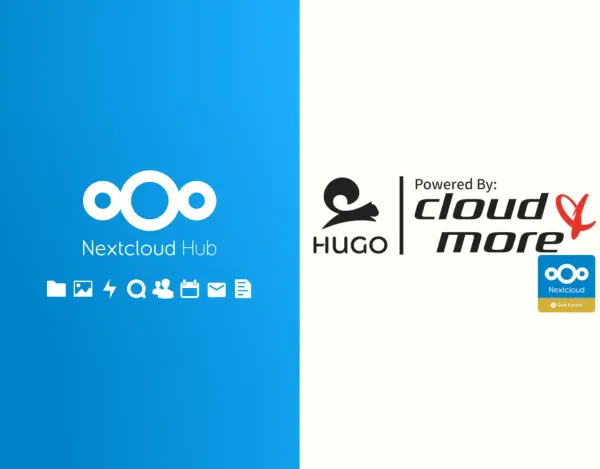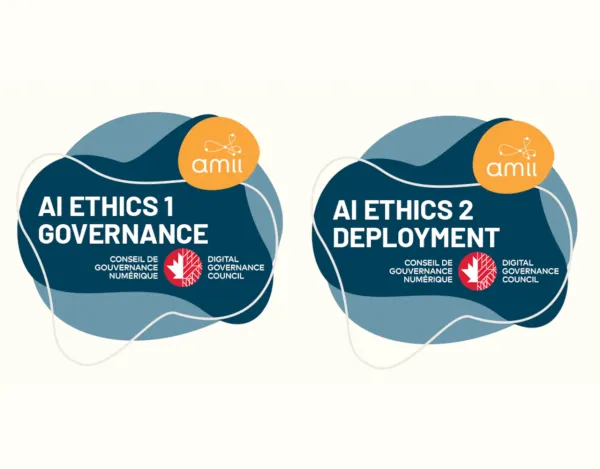Are Business Emails Useful or Harmful?
I find it's best to think of sustainability as a journey:
it's better to take a small step forward than to wait around for the 'big jump'. When it comes to sustainability, we can’t be back seat drivers.
We need to take control of the wheel of our own journey. We can't just buy a ticket to our final destination unfortunately.
I want to thank the Town of Riverview for inviting me to share a few tips on where businesses can start their journey towards sustainability.
Like everything in life, every journey starts with an action, and that action can be a simple behavioural change.
In business, we often forget to think about how we can be more sustainable. The answers are not as simple as we may think and it could take time, money and human resources that we may not have access to. More recently, being faced with a pandemic, a lot of things have been placed on hold and many businesses have been forced to reprioritize their operations.
It’s best to think of sustainability as a journey: it is better to take a small step forward than to wait for the big jump. When it comes to sustainability, we can’t be back seat drivers. We need to take control of the wheel of our own journey, and buying a ticket to a final destination is just not an option.
Every journey starts with an action, and that action can be a simple behavioural change.
The question is "how"?
Albert Einstein said it best, “we cannot solve our problems with the same thinking we used when we created them.” This means we have to change our habits and challenge ourselves to think outside the box instead of taking the same, standard approach as those around us. So, let’s dive straight into some practical examples.
The cost of emails to our planet
Did you know that emails have a huge impact on carbon dioxide equivalent (CO2e) emissions? A standard email costs 4g of CO2e due primarily to the back-and-forth nature of email threads. When we include attachments, that number increases to 50g of CO2e.
If we consider how many people are included in an email, the problem gets worse. Emails that are left undeleted cause our servers to work that much harder and, you guessed it, the problem continues to worsen. With emails alone, 620 million tons of carbon are produced over the course of a year, which is more than the annual carbon footprint of Australia. Here’s a nifty tool to check your email-induced carbon footprint: The Email Calculator
Changing our habits
Think about email not as a chat with a single line going back and forth, but rather as a letter containing meaningful context. We address letters only to those who should or who wish to receive them. Sending emails to a large group, or (worse still) going back and forth in an email thread that’s not relevant to all those involved, which creates unnecessary waste. Emails containing links out of context can be harmful as well, creating more opportunities for increased activity and a greater CO2e emission.
We need to reflect more before sending emails to ensure they serve a particular purpose and are sent only to those who actually need to receive them. This also helps to better our work culture and personal wellbeing by easing our team’s workload. And if we’re honest, nobody appreciates an overflowing inbox.
If we think about this going forward, it will significantly reduce the need for sending mass emails. Using a dedicated chat system (ideally one that is self-hosted) with structured groups is a great alternative.
Changing our check-in behaviour
The next habit we can change is how often we check and react to emails. On average, emails get checked every 30 minutes, which takes our attention away from tasks at hand. It takes nearly 25 minutes to regain our focus following the interruption. This can affect the way we work, causing additional stress and reduced productivity. We must remember to stay in control of our day and of the time we spend reviewing emails. By checking our emails at dedicated times throughout the day, we're able to maintain productivity, limit distractions and, in turn, send fewer emails.
For business owners, this is an important responsibility as these precise habits and behaviours that influence the way our teams operate as a whole.
These changes, though seemingly small, are a great starting point to your sustainability journey. By reducing your daily emails you decrease the CO2e equivalent of using 16,800 plastic carrier bags down to 8,400.
Interested in finding more sustainable ways to do business? Connect with me on LinkedIn and let’s keep the discussion going.





